Art World
Turn a New Page! 8 Brilliant Books to Start Reading This Memorial Day Weekend
Our editors select the best new batch of artsy fiction, criticism, and biography.
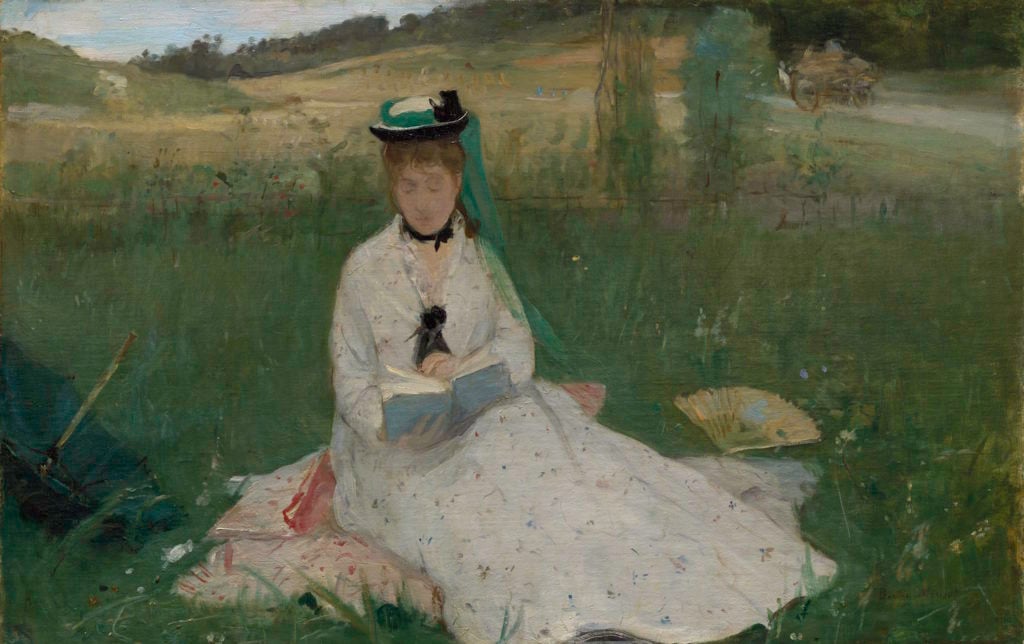
Our editors select the best new batch of artsy fiction, criticism, and biography.

Artnet News

It’s not quite summer yet, but Memorial Day marks the first weekend when many Americans pack their bags for a long-awaited sunny holiday—which is the perfect time to start a nice slim tome as a warmup for beach-read season. If you’re still deciding which books to begin digging into on your travels, here are a few artsy reading recommendations from our editors.
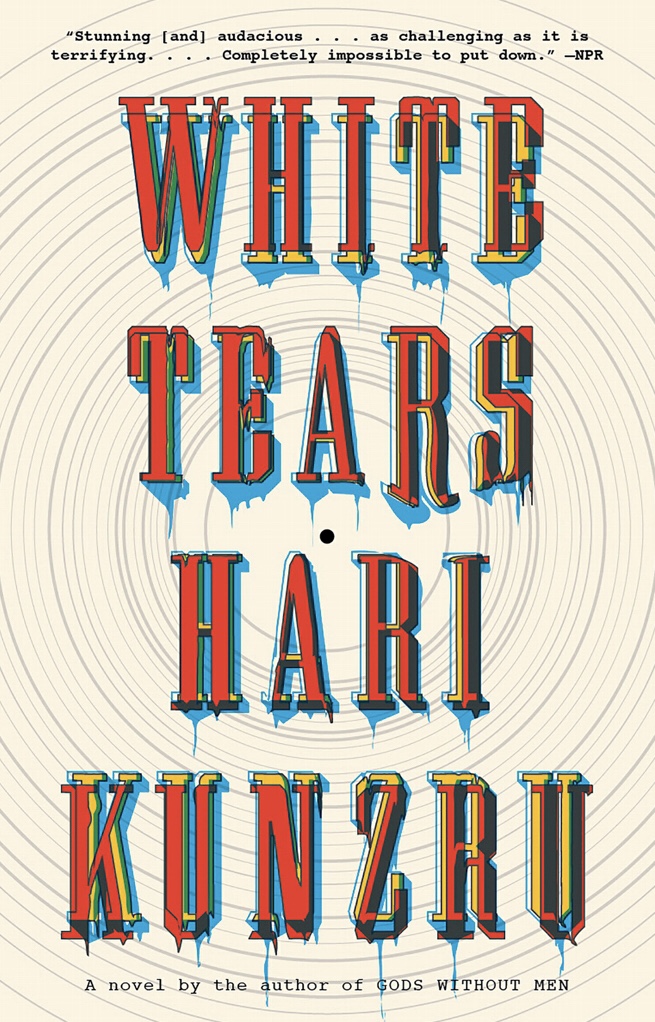
If you want to fill your long weekend with some supernatural chills, Kunzru’s literary thriller follows a pair of young white audiophiles on a well-funded hunt for “Wolfmouth” Charlie Shaw, perhaps the greatest undiscovered Delta bluesman in American history—a pursuit that leads them straight into a danger beyond even what their musical role models endured in a racist society. A subplot in the New York gallery scene (that actually rings true) only strengthens the art world and political immediacy of the novel’s main themes: white privilege, cultural appropriation, and the obsessive arcana of collecting, regardless of whether the object is rare vinyl or a unique canvas.
–Tim Schneider

An 800-page tome doesn’t necessarily scream light beach reading, but William Middleton’s biography of Dominique and John de Menil offers a welcome dose of escapism. It’s oddly comforting to read about wealthy people using their money to support art, artists, and social justice—and actually making a lasting impact. The first definitive biography of arguably the 20th century’s greatest patrons, the book traces the couple’s journey from France to their adopted hometown of Houston, where they built the Menil Collection to house their spectacular 17,000-work holdings. The most delightful moments, however, are not the couple’s grand philanthropic gestures but their quiet moments of generosity, like when John sent the artist Robert Rauschenberg a check for $10,000 after hearing he was strapped for cash in the 1960s.
–Julia Halperin
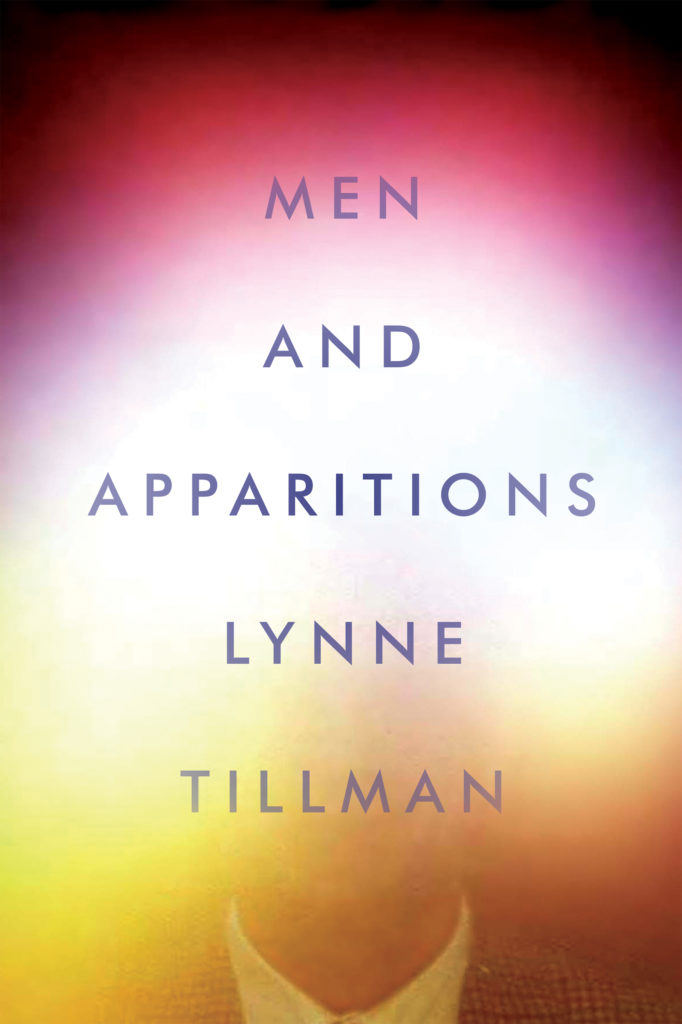
Lynne Tillman’s newest novel—her first in more than a decade—follows Ezekiel Hooper Stark, a middling scholar obsessed with family photographs, as he chips away at his opus, a treatise on 21st-century masculinity called MEN IN QUOTES. A strange and playful hybrid of fiction and criticism, Men and Apparitions is both a probe into the psyche of obsession and a theoretical reflection on contemporary visual culture, with reference to plenty of artists, photographers, and thinkers strewn throughout.
—Taylor Dafoe
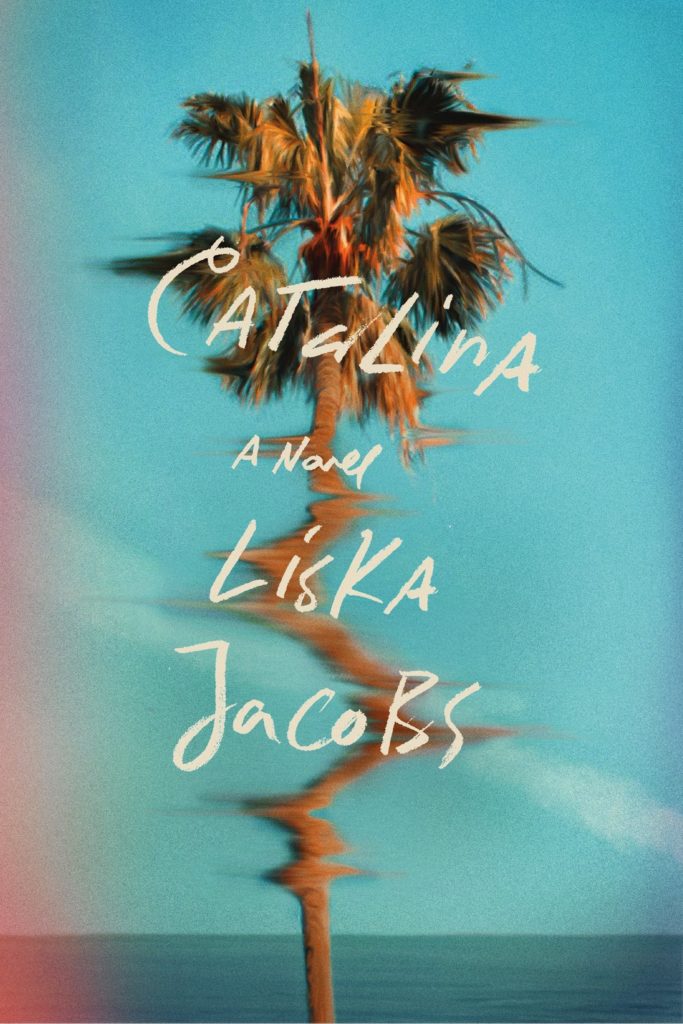
Elsa Fisher had the high-powered art world job she always wanted. She had left behind her family and friends in California and divorced her college sweetheart to work as an assistant at the Museum of Modern Art. This heart-wrenching novel opens at the moment where her world comes crashing down around her in the wake of a passionate affair with her married boss.
“I can almost feel my old self, that girl who loved art—museums especially—who dreamed of a career far from here. Poor girl, joke’s on you. You’re back. Your old life just waiting for you, like a second skin.”
Elsa’s slow implosion, fueled by drugs and alcohol, hidden beneath a mask of easygoing flirtation, takes place in deceptively sunny California. Flashbacks bring the reader to New York, where the author’s not entirely accurate depiction of the art world includes scathing descriptions of the perfectly manicured curator’s wife.
All-in-all, it’s a beautiful, cringe-worthy train wreck of a beach read. Enjoy with cocktail in hand.
–Sarah Cascone
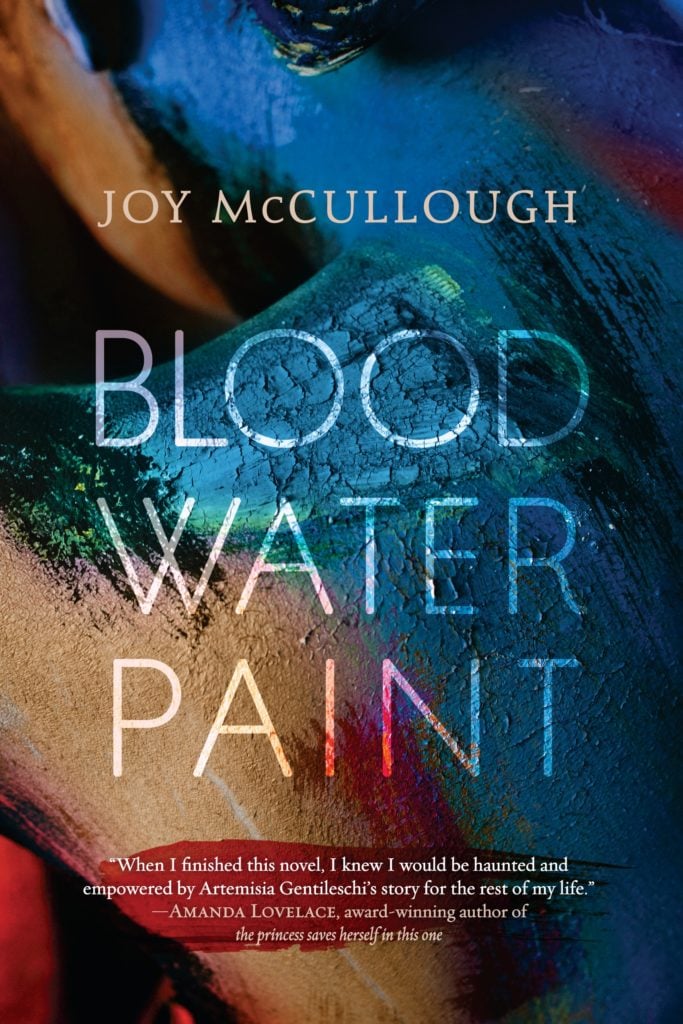
For her novel in verse, Joy McCullough went straight to the historical records, mining the trial transcript of Artemisia Gentileschi, the 17th-century Italian Baroque painter who famously took her rapist and teacher Agostino Tassi to court for his crimes.
Equal parts tale of artistic genius and of harrowing betrayal and heartbreak, the book draws inspiration from two of Gentileschi’s most famous paintings, casting Judith Slaying Holofernes (1614–20) and Susanna and the Elders (1610–11) as bastions of support that helped the young artist get through her terrible ordeal in the absence of her mother (or any women) to love and support her.
The captivating, evocative story of a 17-year-old girl who risked everything for her truth—Gentileschi was literally tortured to prove her word was good—Blood Water Paint is both an empowering historical account and a sad reminder of how little things have changed for women who report sexual assaults.
–Sarah Cascone
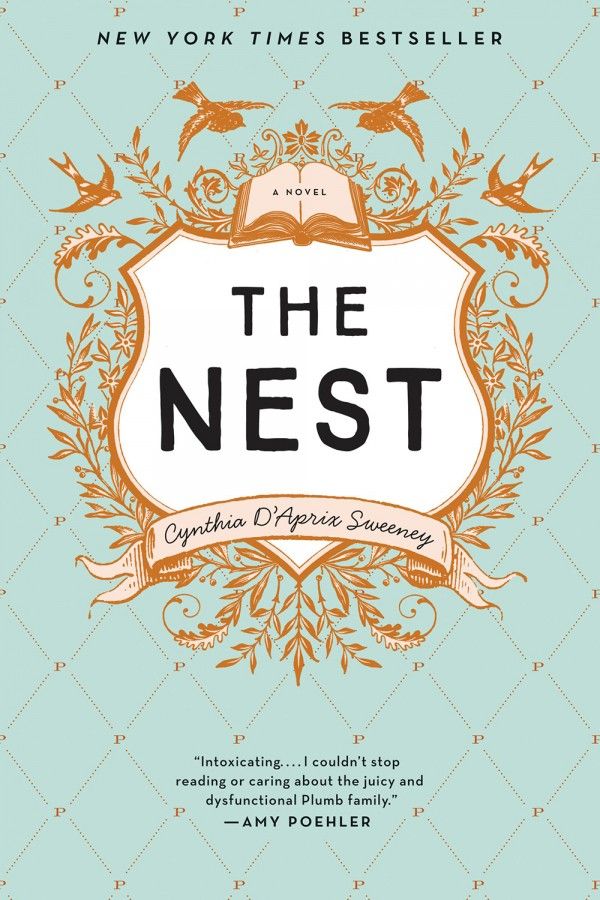
Okay so it’s not strictly an art world read, but there is a fascinating art-related subplot in this riotously entertaining book about a dysfunctional New York family desperate to get their hands on the promised inheritance from their parents that will secure their individual futures. The aforementioned thread involves what is clearly a damaged Rodin sculpture—likely The Kiss—that fell from the sky and was badly damaged during the September 11, 2001 terrorist attacks on the World Trade Center. One character sees it as a remaining connection—however tenuous—to his wife, who he lost on that tragic day, while an antiques dealer desperate to salvage his failing business sees dollar signs in the form of a windfall on the black market. The sculpture eventually does play a major part in the plot, but not in the way you’d expect.
—Eileen Kinsella
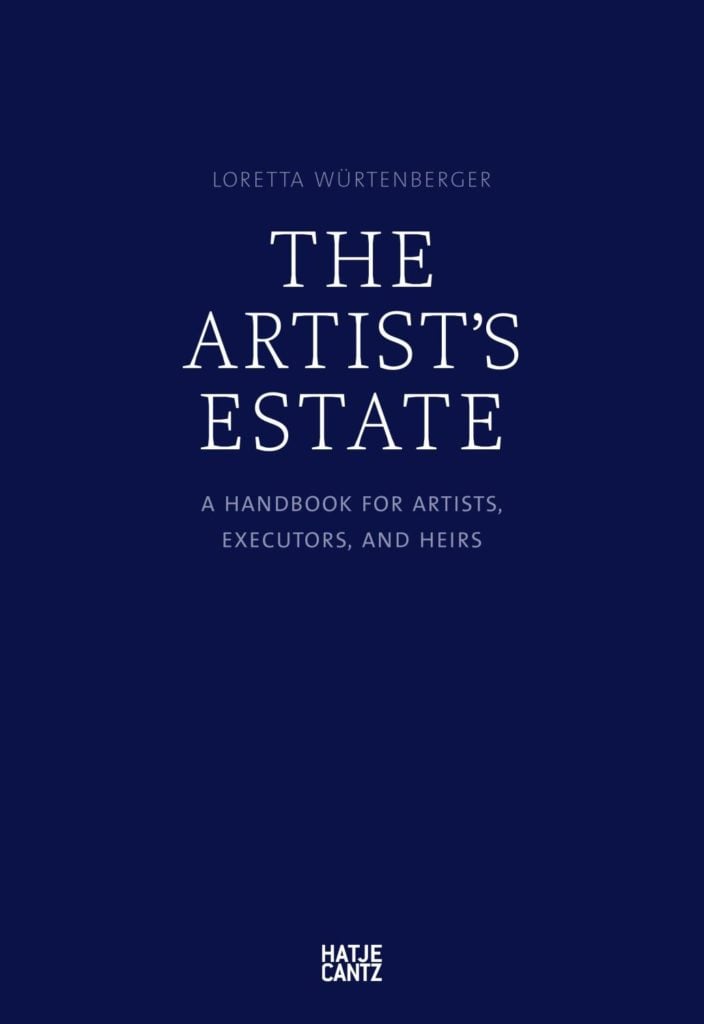
Here’s one for all you art geeks out there: Everything you ever wanted to know about running an artist’s estate, written by the founder of the Berlin-based Institute for Artists’ Estates, Loretta Würtneberger. This book helps explain and demystify the challenges of keeping an artist’s legacy alive by presenting a number of different ways of structuring an estate. What do you do when an artist leaves behind a vast number of uncatalogued works? How do you navigate the weight and sheer logistics of promoting an artist’s memory? This book may well become the definitive handbook for anyone responsible for an artist’s legacy.
—Henri Neuendorf
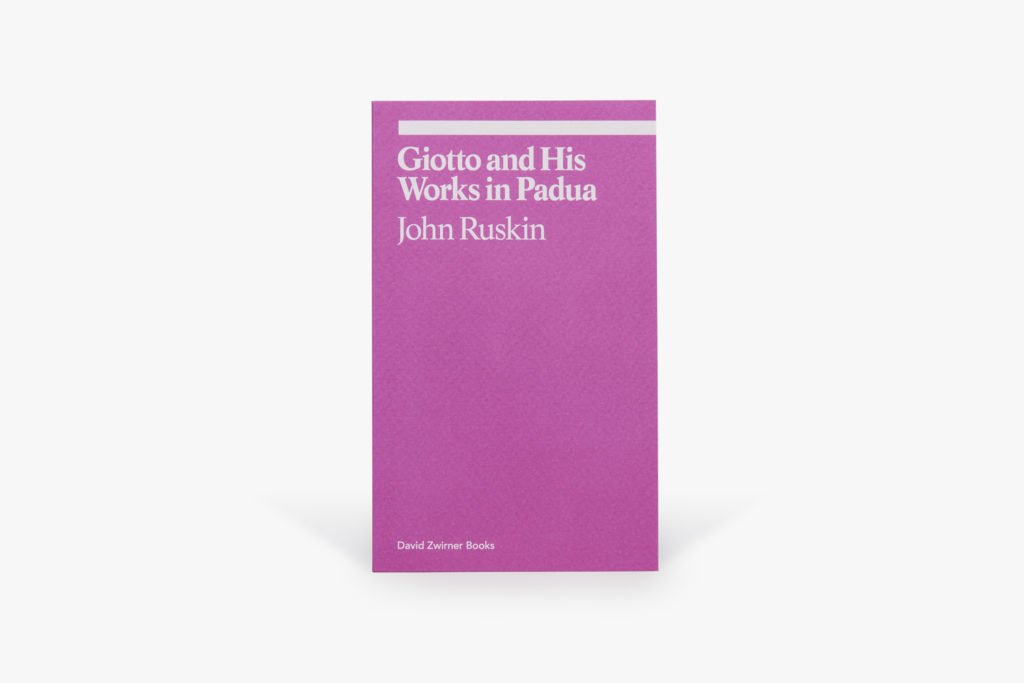
I had the pleasure of seeing Giotto’s paintings in the Scrovegni Chapel for the first time earlier this month and brought along Giotto and His Works in Padua, a reissuing of the 18th-century English critic John Ruskin’s examination of Giotto’s masterpiece, to read on the way to that Italian city. A new installment from David Zwirner Books’s “Ekphrasis” series, Ruskin’s panel-by-panel analysis reveals Giotto’s unique personal interpretations of biblical stories and spotlights hidden details in the paintings, which he began in 1306. This new edition of the book includes full color images of Giotto’s paintings, rather than the original black-and-white woodcuts, which Ruskin criticizes at length. In just the first few pages I found myself in agreement with Ruskin when he writes that Giotto’s imagination was “exhaustless, without extravagance… I do not know, in the annals of art, such another example of happy, practical, unerring, and benevolent power.”
—Rachel Corbett